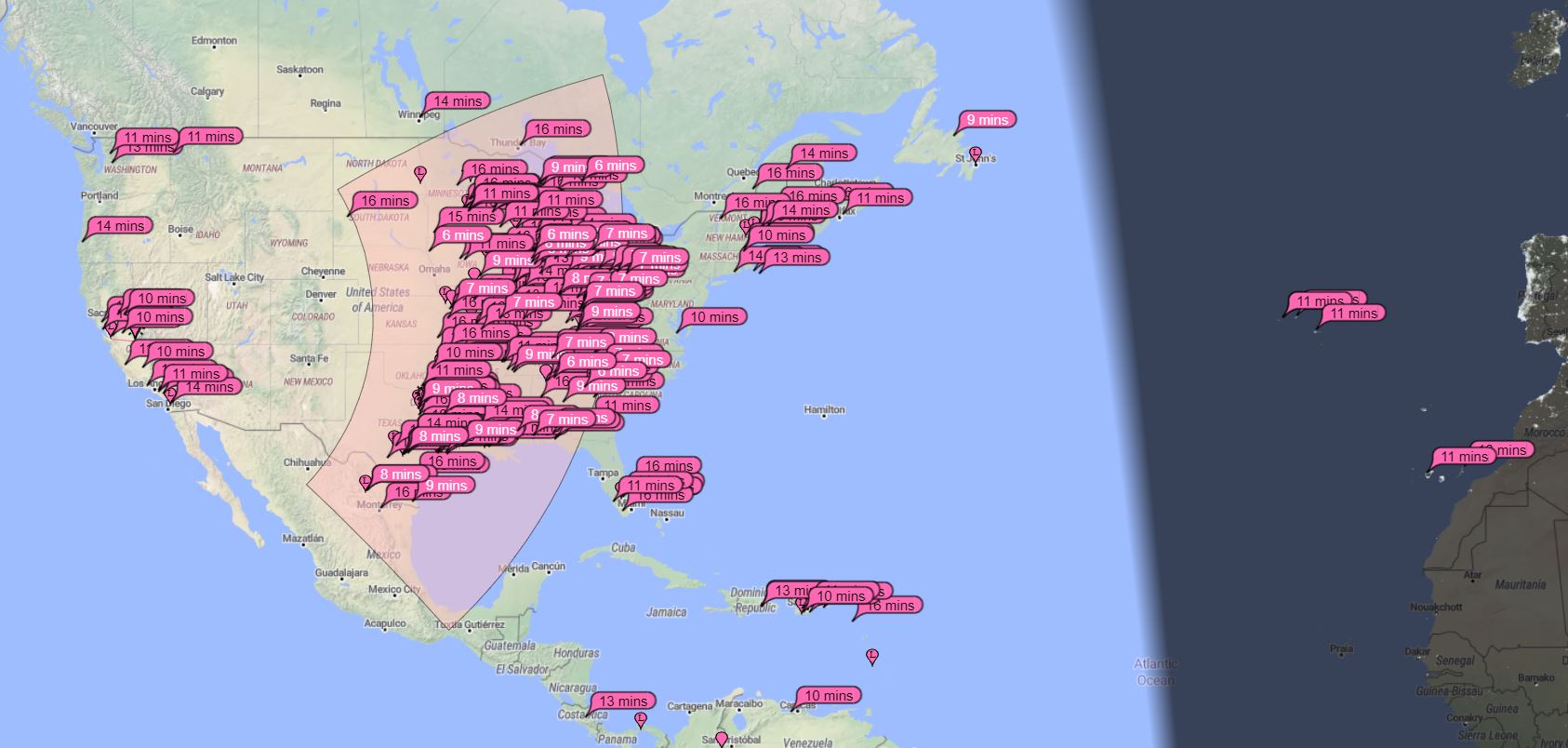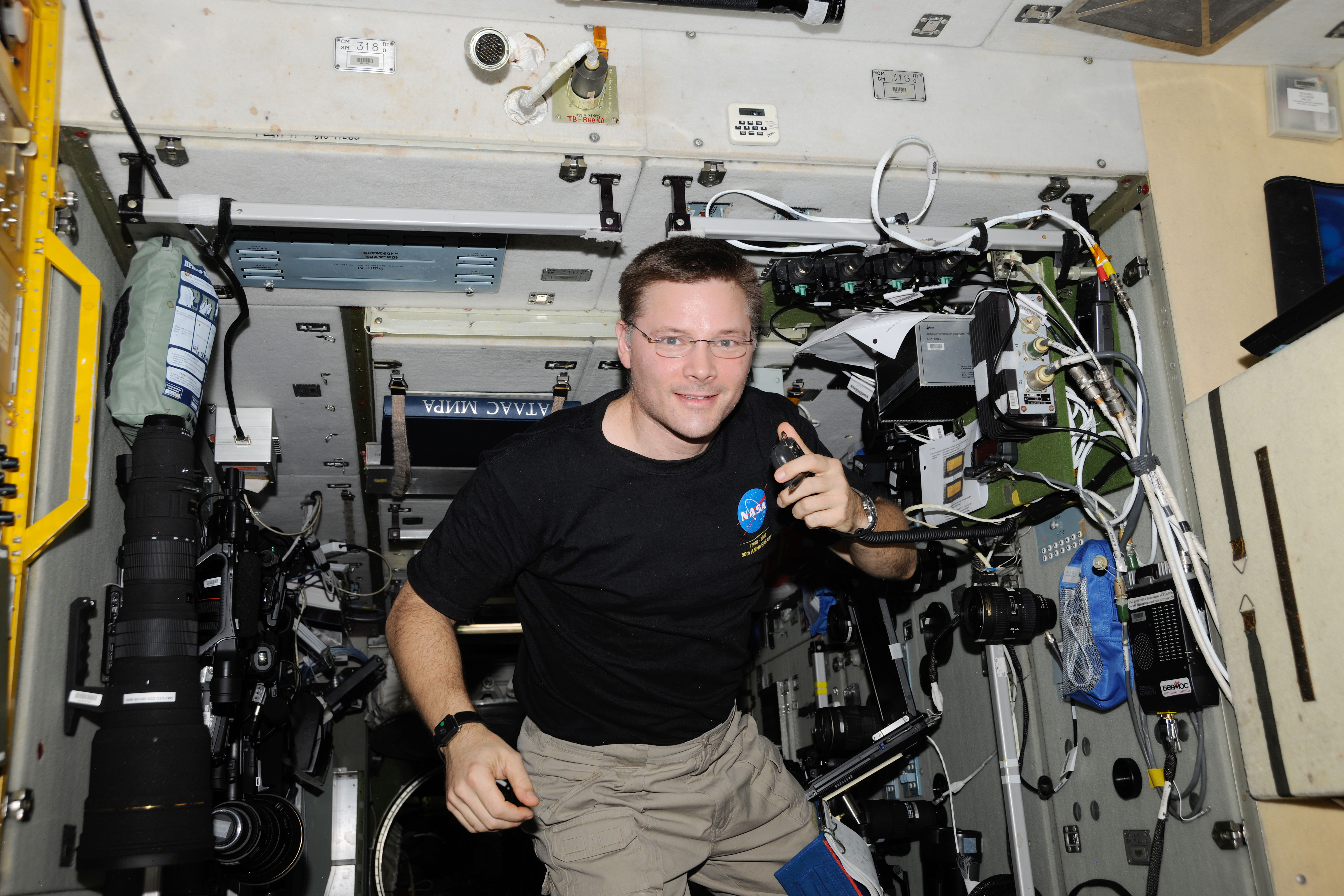|
Bellini–Tosi Direction Finder
A Bellini–Tosi direction finder (B–T or BTDF) is a type of radio direction finder (RDF), which determines the direction to, or ''bearing'' of, a radio transmitter. Earlier RDF systems used very large rotating loop antennas, which the B–T system replaced with two fixed antennae and a small rotating loop, known as a radiogoniometer. This made RDF much more practical, especially on large vehicles like ships or when using very long wavelengths that demand large antennae. BTDF was invented by a pair of Italian officers in the early 1900s, and is sometimes known as a Marconi–Bellini–Tosi after they joined forces with the Marconi Company in 1912. BTDF was the most prevalent form of naval direction finding from the 1920s to well into the 1980s, and was used as a major part of early long-distance air navigation systems from the 1930s until after World War II. BTDF systems were also widely used for military signals intelligence gathering. During the war, new techniques like huff ... [...More Info...] [...Related Items...] OR: [Wikipedia] [Google] [Baidu] |
Great Circle Route
Great-circle navigation or orthodromic navigation (related to orthodromic course; from the Greek ''ορθóς'', right angle, and ''δρóμος'', path) is the practice of navigating a vessel (a ship or aircraft) along a great circle. Such routes yield the shortest distance between two points on the globe. Course The great circle path may be found using spherical trigonometry; this is the spherical version of the '' inverse geodetic problem''. If a navigator begins at ''P''1 = (φ1,λ1) and plans to travel the great circle to a point at point ''P''2 = (φ2,λ2) (see Fig. 1, φ is the latitude, positive northward, and λ is the longitude, positive eastward), the initial and final courses α1 and α2 are given by formulas for solving a spherical triangle :\begin \tan\alpha_1&=\frac,\\ \tan\alpha_2&=\frac,\\ \end where λ12 = λ2 − λ1In the article on great-circle distances, the ... [...More Info...] [...Related Items...] OR: [Wikipedia] [Google] [Baidu] |
Skywave
In radio communication, skywave or skip refers to the propagation of radio waves reflected or refracted back toward Earth from the ionosphere, an electrically charged layer of the upper atmosphere. Since it is not limited by the curvature of the Earth, skywave propagation can be used to communicate beyond the horizon, at intercontinental distances. It is mostly used in the shortwave frequency bands. As a result of skywave propagation, a signal from a distant AM broadcasting station, a shortwave station, or – during sporadic E propagation conditions (principally during the summer months in both hemispheres) a distant VHF FM or TV station – can sometimes be received as clearly as local stations. Most long-distance shortwave (high frequency) radio communication – between 3 and 30 MHz – is a result of skywave propagation. Since the early 1920s amateur radio operators (or "hams"), limited to lower transmitter power than broadcast stations, have ta ... [...More Info...] [...Related Items...] OR: [Wikipedia] [Google] [Baidu] |
Shortwave
Shortwave radio is radio transmission using shortwave (SW) radio frequencies. There is no official definition of the band, but the range always includes all of the high frequency band (HF), which extends from 3 to 30 MHz (100 to 10 metres); above the medium frequency band (MF), to the bottom of the VHF band. Radio waves in the shortwave band can be reflected or refracted from a layer of electrically charged atoms in the atmosphere called the ionosphere. Therefore, short waves directed at an angle into the sky can be reflected back to Earth at great distances, beyond the horizon. This is called skywave or "skip" propagation. Thus shortwave radio can be used for communication over very long distances, in contrast to radio waves of higher frequency, which travel in straight lines (line-of-sight propagation) and are limited by the visual horizon, about 64 km (40 miles). Shortwave broadcasts of radio programs played an important role in the early days of radio ... [...More Info...] [...Related Items...] OR: [Wikipedia] [Google] [Baidu] |
Amateur Radio Operators
An amateur radio operator is someone who uses equipment at an amateur radio station to engage in two-way personal communications with other amateur operators on radio frequencies assigned to the amateur radio service. Amateur radio operators have been granted an amateur radio license by a governmental regulatory authority after passing an examination on applicable regulations, electronics, radio theory, and radio operation. As a component of their license, amateur radio operators are assigned a call sign that they use to identify themselves during communication. About three million amateur radio operators are currently active worldwide. Amateur radio operators are also known as radio amateurs or hams. The term "ham" as a nickname for amateur radio operators originated in a pejorative usage (like "ham actor") by operators in commercial and professional radio communities, and dates to wired telegraphy. The word was subsequently adopted by amateur radio operators. Demographics {, ... [...More Info...] [...Related Items...] OR: [Wikipedia] [Google] [Baidu] |
Ionosphere
The ionosphere () is the ionized part of the upper atmosphere of Earth, from about to above sea level, a region that includes the thermosphere and parts of the mesosphere and exosphere. The ionosphere is ionized by solar radiation. It plays an important role in atmospheric electricity and forms the inner edge of the magnetosphere. It has practical importance because, among other functions, it influences radio propagation to distant places on Earth. History of discovery As early as 1839, the German mathematician and physicist Carl Friedrich Gauss postulated that an electrically conducting region of the atmosphere could account for observed variations of Earth's magnetic field. Sixty years later, Guglielmo Marconi received the first trans-Atlantic radio signal on December 12, 1901, in St. John's, Newfoundland (now in Canada) using a kite-supported antenna for reception. The transmitting station in Poldhu, Cornwall, used a spark-gap transmitter to produce a signal with a freq ... [...More Info...] [...Related Items...] OR: [Wikipedia] [Google] [Baidu] |
Japanese Adcock Antenna Ravaul CINCPAC-5-45-3
Japanese may refer to: * Something from or related to Japan, an island country in East Asia * Japanese language, spoken mainly in Japan * Japanese people, the ethnic group that identifies with Japan through ancestry or culture ** Japanese diaspora, Japanese emigrants and their descendants around the world * Japanese citizens, nationals of Japan under Japanese nationality law ** Foreign-born Japanese, naturalized citizens of Japan * Japanese writing system, consisting of kanji and kana * Japanese cuisine, the food and food culture of Japan See also * List of Japanese people * * Japonica (other) * Japonicum * Japonicus * Japanese studies Japanese studies (Japanese: ) or Japan studies (sometimes Japanology in Europe), is a sub-field of area studies or East Asian studies involved in social sciences and humanities research on Japan. It incorporates fields such as the study of Japanese ... {{disambiguation Language and nationality disambiguation pages ... [...More Info...] [...Related Items...] OR: [Wikipedia] [Google] [Baidu] |
Triode
A triode is an electronic amplifying vacuum tube (or ''valve'' in British English) consisting of three electrodes inside an evacuated glass envelope: a heated filament or cathode, a grid, and a plate (anode). Developed from Lee De Forest's 1906 Audion, a partial vacuum tube that added a grid electrode to the thermionic diode (Fleming valve), the triode was the first practical electronic amplifier and the ancestor of other types of vacuum tubes such as the tetrode and pentode. Its invention founded the electronics age, making possible amplified radio technology and long-distance telephony. Triodes were widely used in consumer electronics devices such as radios and televisions until the 1970s, when transistors replaced them. Today, their main remaining use is in high-power RF amplifiers in radio transmitters and industrial RF heating devices. In recent years there has been a resurgence in demand for low power triodes due to renewed interest in tube-type audio systems by audiophi ... [...More Info...] [...Related Items...] OR: [Wikipedia] [Google] [Baidu] |
USS Wyoming (BB-32)
USS ''Wyoming'' (BB-32) was the lead ship of her class of dreadnought battleships and was the third ship of the United States Navy named Wyoming, although she was only the second named in honor of the 44th state. ''Wyoming'' was laid down at the William Cramp & Sons in Philadelphia in February 1910, was launched in May 1911, and was completed in September 1912. She was armed with a main battery of twelve guns and capable of a top speed of . During the First World War, she was part of the Battleship Division Nine, which was attached to the British Grand Fleet as the 6th Battle Squadron. During the war, she was primarily tasked with patrolling in the North Sea and escorting convoys to Norway. She served in both the Atlantic and Pacific Fleets throughout the 1920s, and in 1931–1932, she was converted into a training ship according to the terms of the London Naval Treaty of 1930. ''Wyoming'' served as a training ship throughout the 1930s, and in November 1941, she became a g ... [...More Info...] [...Related Items...] OR: [Wikipedia] [Google] [Baidu] |
RMS Mauretania (1906)
RMS ''Mauretania'' was an ocean liner designed by Leonard Peskett and built by Wigham Richardson and Swan Hunter for the British Cunard Line, launched on the afternoon of 20 September 1906. She was the world's largest ship until the launch of in 1910. ''Mauretania'' became a favourite among her passengers. She captured the eastbound Blue Riband on her maiden return voyage in December 1907, then claimed the westbound Blue Riband for the fastest transatlantic crossing during her 1909 season, which she held both speed records for 20 years.Maxtone-Graham 1972, pp. 41–43. The ship's name was taken from the ancient Roman province of Mauretania on the northwest African coast, not the modern Mauritania to the south.Maxtone-Graham 1972, p. 24. Similar nomenclature was also employed by ''Mauretania''s running mate , which was named after the Roman province directly north of Mauretania, across the Strait of Gibraltar in Portugal. ''Mauretania'' remained in service until September 1934, ... [...More Info...] [...Related Items...] OR: [Wikipedia] [Google] [Baidu] |
20070917-Piraeus-TB AgiaVarvara
7 (seven) is the natural number following 6 and preceding 8. It is the only prime number preceding a cube (algebra), cube. As an early prime number in the series of positive integers, the number seven has greatly symbolic associations in religion, mythology, superstition and philosophy. The seven Classical planets resulted in seven being the number of days in a week. It is often considered lucky in Western culture and is often seen as Symbolism of the Number 7, highly symbolic. Unlike Western culture, in Vietnamese culture, the number seven is sometimes considered unlucky. It is the first natural number whose pronunciation contains more than one syllable. Evolution of the Arabic digit In the Brahmi numerals, beginning, Indians wrote 7 more or less in one stroke as a curve that looks like an uppercase vertically inverted. The western Ghubar Arabs' main contribution was to make the longer line diagonal rather than straight, though they showed some tendencies to making the digit m ... [...More Info...] [...Related Items...] OR: [Wikipedia] [Google] [Baidu] |





